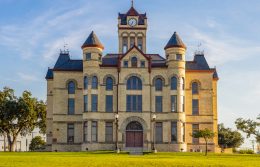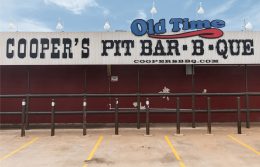City Spotlight: Orange
Tucked into the southeasternmost corner of Texas, along the Sabine River that separates Texas from Louisiana, are three cities that comprise the “Golden Triangle”: Beaumont, Port Arthur, and Orange. Each town stands on its own as a unique destination, but it’s Orange that perhaps stands out the most. While Beaumont and Port Arthur are similar in their rich oil histories, Orange found its roots in lumber and naval construction and blossomed into a conservationist and artistic destination.
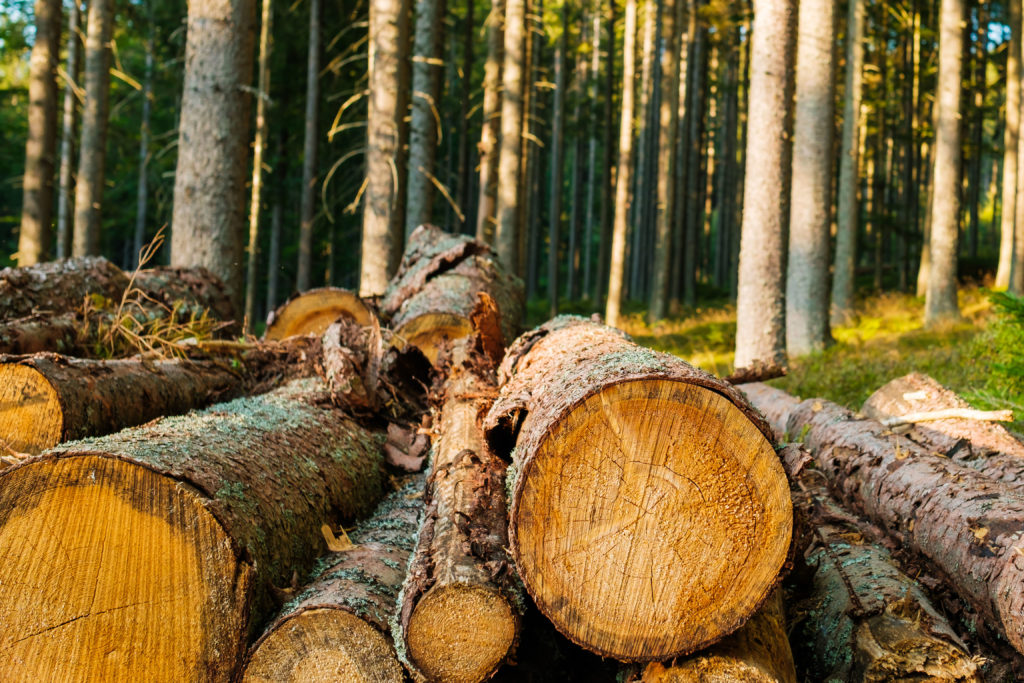
The Rise of Orange
Before it was Orange, Orange was Green — Green’s Bluff, that is, named for the man who first surveyed the site for construction in the early 19th century. In 1840 it was renamed Madison in honor of President James Madison, which led the town to be confused with Madisonville (the Mushroom Capital of Texas) not far away. So, in 1858 it was officially dubbed Orange, after the native orange groves that lined the Sabine River.
Because Orange is just southeast of the thick coniferous forests of East Texas, the town became the epicenter of Texas’ lumber industry in the late 1800s. The small town’s economy first flourished thanks to its prolific sawmills and lumber yards. These, combined with Orange’s strategic location on the Sabine River, made it the perfect site for national transportation facilities and ship construction yards. The economy was spurred even more rapidly in 1914 when Orange’s harbor was dredged to accommodate, build, and launch large ships during World War I.
The town enjoyed this economic prosperity until the Great Depression struck, which crippled Orange’s productivity and stagnated the population growth. But when the U.S. entered World War II in 1941, Orange was jump-started yet again — thousands of people looking for work flooded into town to meet the wartime demands. The population surged from some 7,000 to 60,000 seemingly overnight, and by the end of World War II, Orange had produced around nearly 200 Navy ships, effectively reenergizing the town and letting it thrive through today.
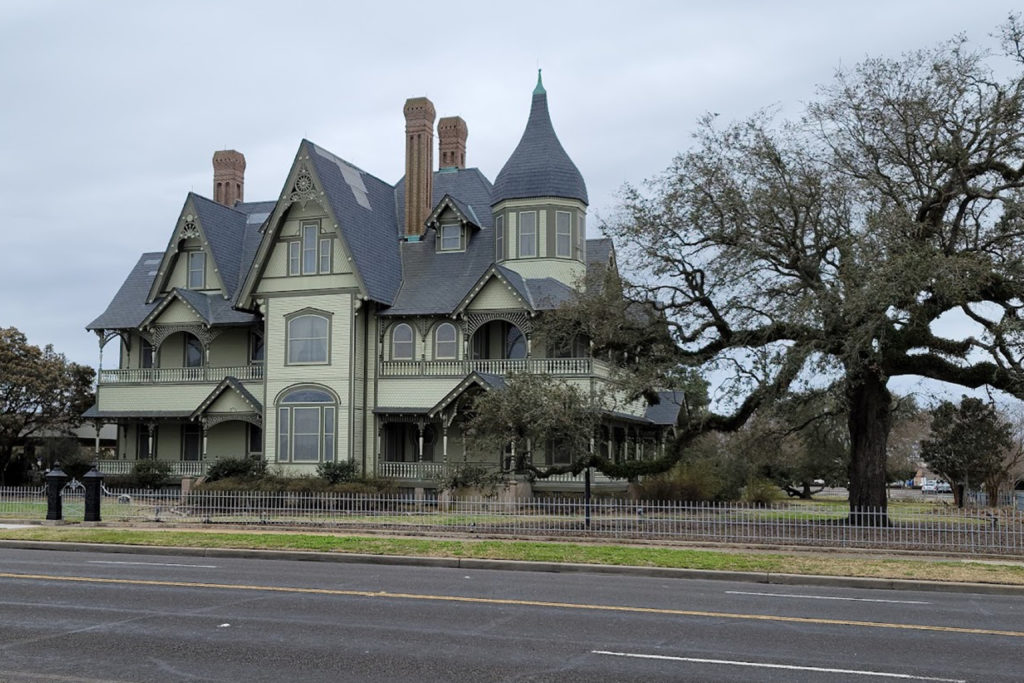
The House of Lutcher Stark
Modern Orange owes much of its cultural renown and offerings to H. J. Lutcher Stark, the grandson of an Orange lumber tycoon. Lutcher Stark was born in Orange in 1887 and grew up to be a true Texas Renaissance man, dealing in everything from banking and insurance to real estate and petroleum — though he is most famously recognized for his work with his grandfather’s lumber company. While he was certainly a shrewd entrepreneur, Lutcher Stark was also a lover of nature conservation, art preservation, and community involvement.
Today, Lutcher Stark’s family foundation is carrying on his philanthropic legacy to “encourage and assist education and to improve and enrich the quality of life in Southeast Texas.” If you visit Orange, you will encounter several venues and museums curated by the Stark Foundation, including the Stark Museum of Art, which features art by Frederic Remington, John James Audubon, and more.
Another project headed by the foundation is the restored W. H. Stark House, the home of H. J. Lutcher Stark’s parents. The 14,000-square-foot Victorian house is a time capsule of Stark family heirlooms and art, as well as Orange culture and history.
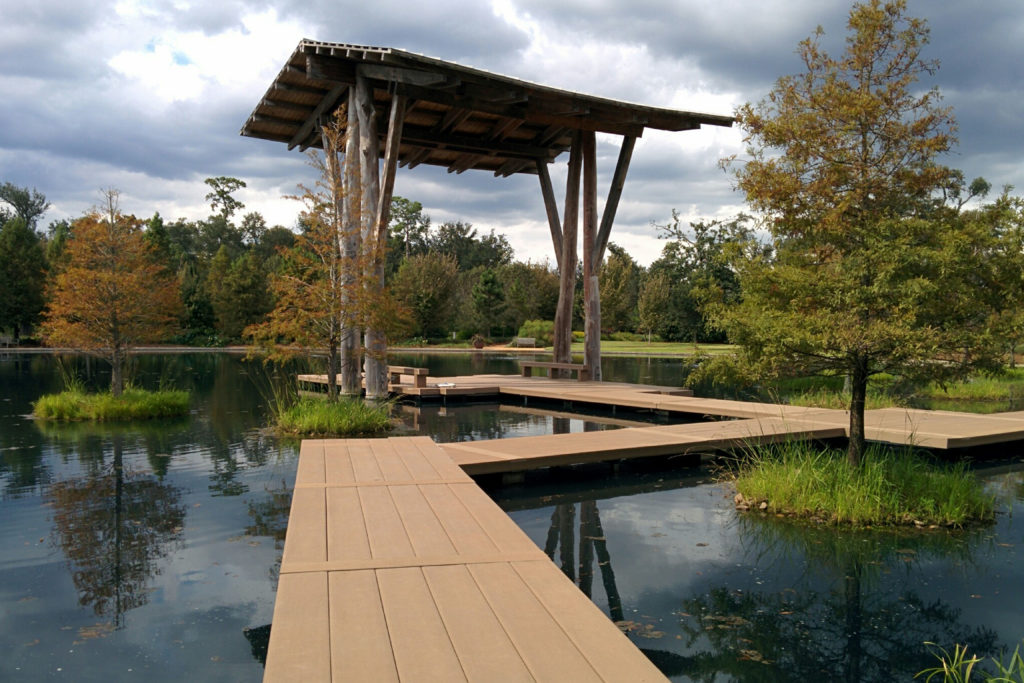
Orange’s Eden
Perhaps Lutcher Stark’s most remarkable contribution to Orange is the Shangri La Botanical Gardens & Nature Center. Inspired by the 1933 novel “Lost Horizon”by James Hilton, Lutcher Stark began building his own Shangri La (a mystical valley unbothered by time or human progress) on a 232-acre plot of land in the center of town. After nine years of planning and construction, Lutcher Stark’s utopia opened in 1946. The garden flourished with camellias and azaleas, and diverse wildlife flocked to the Cypress-Tupelo swamp he cultivated there. Tragically, the handmade Eden was destroyed by an ice storm in 1958, and the disheartened Lutcher Stark was forced to close its gates for the rest of his life.
But efforts by the Stark Foundation to restore the Shangri La paid off in 2008, and today it’s open to the public for free. Visitors to Orange can spend hours on its grounds, perusing sculpture gardens, learning about environmental responsibility, heron-watching on Ruby Lake, and discovering all the hidden gems in Shangri La, such as the 1,200-year-old Survivor Tree or the occasional bald eagle that graces the Adams Bayou.
To explore even more natural paradises, browse our guide to the best nature preserves in Texas.
© 2022 Texas Farm Bureau Insurance


